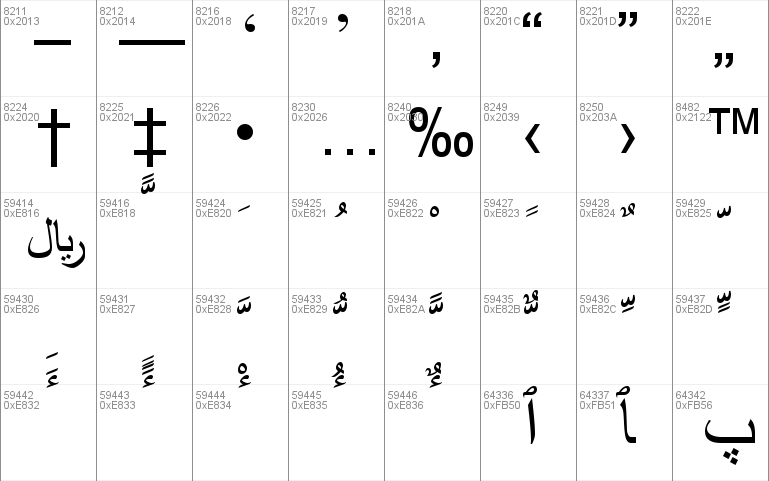

This will get you a long way toward using Arabic script in Microsoft Office. There are sometimes other issues and if you run into problems, you will likely want to use the document template that we have created and linked to below. In the link below, a document template provides helpful hints on use of RTL scripts in Microsoft Word 2000 or later. Included are general instructions for getting such scripts to work correctly, known bugs and weaknesses, and various tips and tricks. There are also some macros that may be helpful when working with RTL scripts. The template is available here: Right-to-left scripts in Microsoft Office. There are several settings you must check in order to have proper rendering in InDesign. First of all, in the Character widget, you should make sure your text is tagged with the Arabic language. The Opentype Contextual Alternates should be selected and Kerning should set to Metrics or “0”. The default for Kerning seems to be Optical, but when that is set there might be tiny spaces between the characters which you do not want. Next, in the Paragraph widget, make sure your text is tagged with the Adobe World-Ready Paragraph Composer and possibly set your text to Align Right. You do not need Indesign ME or World Tools to get RTL working properly in Indesign. Ffree arabic fonts for windows 10 full#.


 0 kommentar(er)
0 kommentar(er)
